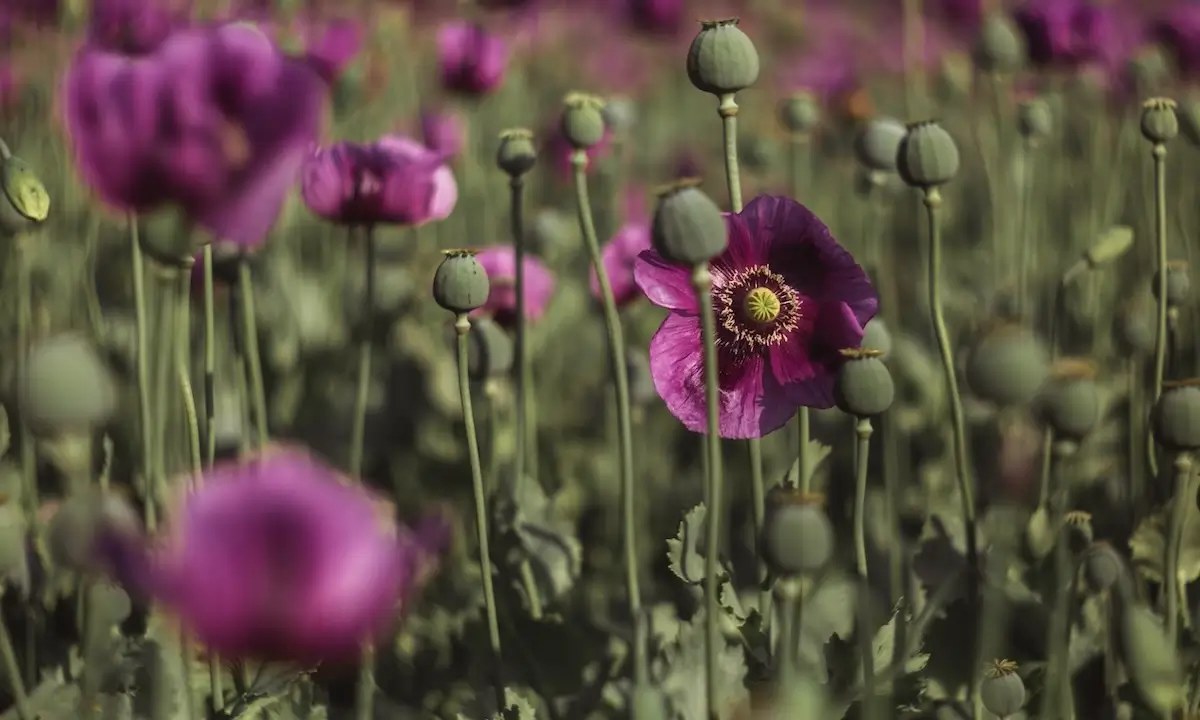Heroin is one of the most widely recognized illicit drugs, but the ins and outs aren’t always clear. Many people aren’t sure what kind of drug it is or how it affects the brain. Is it a depressant? A stimulant? Something else entirely?
These questions matter because understanding how a substance works is essential to choosing the right kind of addiction treatment. By learning more about the drug, we’re better equipped to help those struggling with it.
Is Heroin a Depressant, a Stimulant, or Something Else?
Drugs fall into a few common categories, each having a different effect on the body and brain:
- Stimulants speed up the body (like cocaine)
- Depressants slow it down (like alcohol or benzodiazepines)
- Hallucinogens alter perception (like LSD)
- Opioids reduce pain and often cause euphoria
Heroin is classified as an opioid. It slows down your breathing and heart rate while releasing a heady rush of dopamine, causing intense pleasure. This combo of effects often makes people feel deeply relaxed or drowsy, but it also makes heroin incredibly risky.
Where Heroin Comes From (and Why That’s a Big Deal)
Heroin is made from a well-known drug: morphine. Usually used in medical settings, morphine comes from the seed pods of opium poppy plants. These are mostly grown in Afghanistan, Mexico, and certain parts of Southeast Asia. Morphine gets extracted and then chemically processed into heroin, which is illegally trafficked into the United States.
Unlike prescription opioids that are made in clean, controlled environments, heroin is usually produced in unregulated labs. It’s often mixed with other substances to stretch profits, requiring less of the pure stuff and therefore making the batch cheaper. These additives range from sugar to starch, but even more dangerous substances like fentanyl are often added without users knowing.
This is what makes heroin so unpredictable; you just never know what’s actually in the batch you bought. The exact same amount of heroin can have wildly different effects from one batch to the next. Overdoses are incredibly common, mostly as a result of this volatility.
How Is It Made?
Heroin is produced by combining morphine with acetic anhydride (a chemical used in the making of numerous medications). After heating and filtering this mixture, the morphine is transformed into a more concentrated drug. Because this process happens in illegal labs, the result is rarely pure or consistent.
What Does It Look Like?
Depending on how it’s made and what it’s mixed with, heroin can be a white or brown powder or a sticky, black tar-like substance. How it looks often varies by region. It also has very little to do with its potency or safety.
How Does It Work?
Heroin reaches the brain quickly and binds to opioid receptors. These receptors manage pain, pleasure, and reward. The drug causes a flood of dopamine that feels intensely euphoric but also rewires the brain to crave more.
How People Use Heroin and What It Does to the Body
People use heroin by injecting it (often with a heroin needle), snorting it, or smoking it. Injection offers the strongest and fastest high, but it also increases the risk of infection and overdose.
Heroin use can slow breathing, lower heart rate, and cause extreme drowsiness. Even in small amounts, these effects can be dangerous, especially when tolerance builds and people take more just to feel normal.
Did You Know?
The opioid crisis has completely changed the drug landscape in the US. Heroin remains a major factor in this problem. According to the National Institute on Drug Abuse, nearly 1 in 5 opioid overdose deaths in 2021 involved heroin.
As mentioned earlier, fentanyl is often mixed with heroin without the user knowing. It’s also 50 to 100 times stronger than morphine! This combination increases the risk of overdose dramatically, making street heroin even more dangerous than it used to be.
Finding Real Help for Heroin Use Disorder
Waiting until things get worse is never the right move when it comes to substance use. Recognizing that change is possible and that care is available can make all the difference. Treatment provides crucial support, structure, and tools that people can use to take back control of their lives.
Whether someone needs detox, therapy, or long-term recovery planning, there are addiction and behavioral health programs that meet those needs. Recovery isn’t about perfection. It’s about starting exactly where you are and just taking the next right step.




